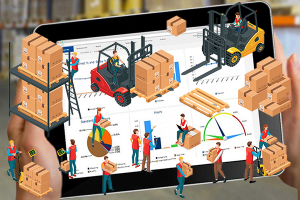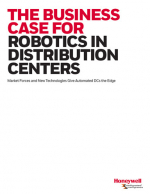Using LMS to Address Omnichannel Challenges
The key roles labor management software play in omnichannel order fulfillment: meeting rising customer service expectations, driving labor savings and ensuring process rigor.
With consumer expectations continually on the rise, and the willingness for leading e-commerce retailers to fulfill them, many brick and mortar retailers find themselves struggling to adapt to the speed and complexity of omnichannel order fulfillment.
To stay competitive, retailers have been forced to raise the stakes on service level agreements (SLAs), with two days often the new standard shipping norm and next-day delivery the true differentiator.
Living up to these SLAs is no small task. In the warehouse, for example, this level of priority shortens the fulfillment cycle to four or five hours.
Today there are a growing number of ways that customers expect to place and receive orders, such as ordering online and requesting to pick up items at the nearest retail store. This “click and collect” scenario is an example of what’s commonly referred to as a channel-crossing order, and it’s estimated that these types of non-traditional orders account for up to 40 percent of all purchases. Therein lays the complexity.
What’s Related




Favorites





